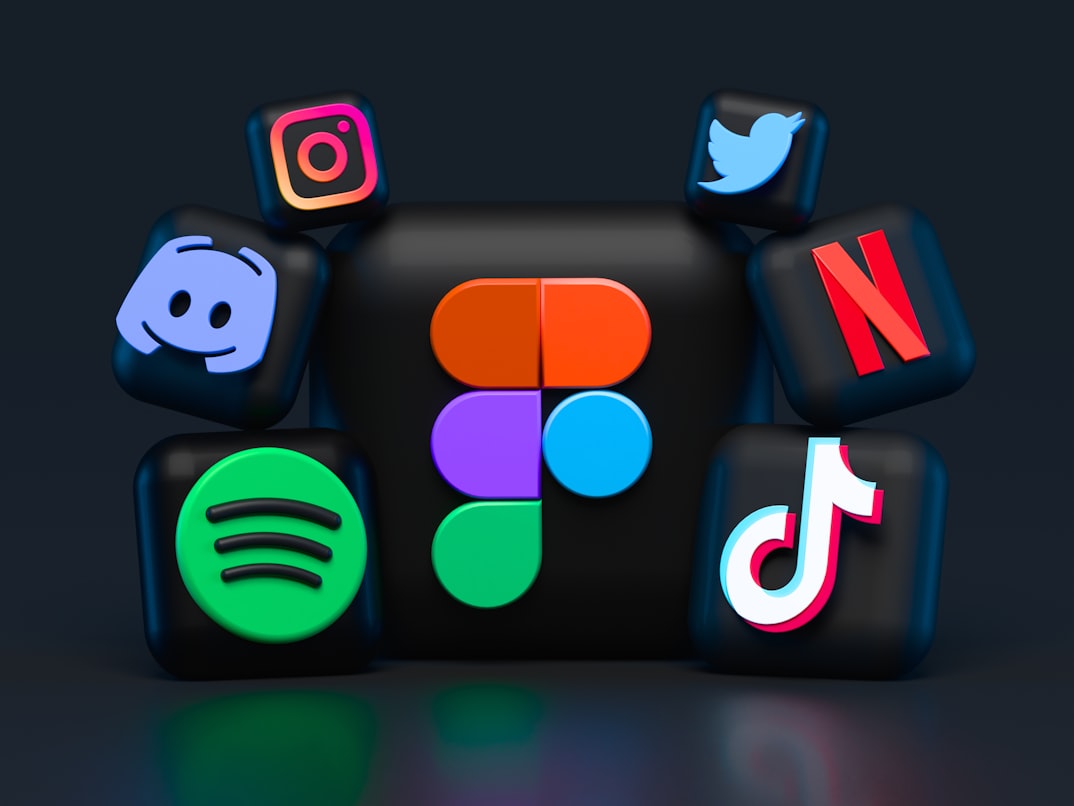How Will You Monetize Your YouTube Channel in 2026?
YouTube continues to evolve as a powerhouse for content creators, offering multiple revenue streams beyond traditional ad revenue. By 2026, the platform’s monetization landscape will be more diverse than ever, with new opportunities emerging alongside tried-and-true methods. Whether you’re a seasoned YouTuber or just starting, understanding these monetization strategies will help you build a sustainable income. In this guide, we’ll explore the top 15 ways to monetize your YouTube channel in 2026, complete with real-world examples and actionable insights.
📚 Table of Contents
- ✅ YouTube Ad Revenue (Still King)
- ✅ Brand Sponsorships & Deals
- ✅ Affiliate Marketing
- ✅ Channel Memberships & Super Chats
- ✅ Selling Merchandise
- ✅ Digital Products & Online Courses
- ✅ Crowdfunding & Fan Support
- ✅ Content Licensing & Syndication
- ✅ Consulting & Coaching Services
- ✅ Live Events & Workshops
- ✅ Premium Content & Subscriptions
- ✅ App & Software Development
- ✅ Selling Stock Footage & B-Roll
- ✅ NFTs & Exclusive Digital Collectibles
- ✅ Strategic Collaborations & Joint Ventures
- ✅ Conclusion
YouTube Ad Revenue (Still King)
Despite the rise of alternative monetization methods, YouTube ad revenue remains a primary income source for creators. The platform’s Partner Program (YPP) allows eligible channels to earn through display, overlay, and video ads. In 2026, expect smarter ad placements, higher CPMs for niche content, and AI-driven ad optimization. Creators like MrBeast and PewDiePie still generate millions annually from ads alone. To maximize earnings, focus on high-retention content, optimize video length for mid-roll ads, and target high-value niches like finance, tech, and business.
Brand Sponsorships & Deals
Brand deals are becoming more lucrative as companies shift budgets toward influencer marketing. In 2026, expect hyper-personalized sponsorships where brands collaborate with creators for long-term campaigns rather than one-off promotions. Micro-influencers (10K-100K subscribers) will see increased demand due to higher engagement rates. For example, a tech reviewer might partner with a gadget company for an exclusive product launch, earning $5K-$50K per video. Always disclose sponsorships transparently to comply with FTC guidelines.
Affiliate Marketing
Affiliate marketing lets creators earn commissions by promoting products. Amazon Associates, ShareASale, and specialized programs like TubeBuddy’s affiliate program offer recurring income. By 2026, AI-powered affiliate tools will recommend high-converting products based on audience behavior. A beauty YouTuber, for instance, could earn 5-20% commissions by linking to skincare products. The key is authenticity—only promote products you genuinely use and believe in.
Channel Memberships & Super Chats
YouTube’s membership feature allows fans to pay a monthly fee for exclusive perks like badges, emojis, and members-only content. Super Chats and Super Stickers during live streams also provide direct monetization. In 2026, expect tiered memberships with varying benefits. Gaming streamers like Valkyrae have successfully leveraged this model, earning thousands monthly from dedicated fans.
Selling Merchandise
Merchandise remains a strong revenue stream, especially for creators with a loyal fanbase. Print-on-demand services like Teespring and Merch by Amazon simplify logistics. In 2026, augmented reality (AR) try-ons and AI-designed merch will enhance sales. For example, a fitness YouTuber could sell branded workout gear with personalized designs generated by AI.
Digital Products & Online Courses
Digital products—such as e-books, presets, and templates—offer high-profit margins. Online courses are particularly lucrative; a photography YouTuber could sell a $200 masterclass on editing techniques. By 2026, interactive courses with AI tutors will become mainstream. Platforms like Teachable and Kajabi make it easy to host and sell digital products.
Crowdfunding & Fan Support
Platforms like Patreon and Buy Me a Coffee allow fans to support creators directly. In 2026, expect more integrated crowdfunding tools within YouTube. A podcast channel, for instance, could offer early episode access to Patreon supporters. Transparency and regular updates are crucial to maintaining fan trust.
Content Licensing & Syndication
Licensing your videos to media outlets, streaming services, or educational platforms can generate passive income. Stock video marketplaces like Pond5 also pay for high-quality B-roll. A travel vlogger, for example, could license drone footage to tourism boards.
Consulting & Coaching Services
Monetize your expertise by offering consulting or coaching. A marketing YouTuber could charge $500/hour for strategy sessions. By 2026, AI scheduling assistants will streamline appointment bookings, making this even more scalable.
Live Events & Workshops
Hosting virtual or in-person events can be highly profitable. A cooking channel might sell tickets to a live masterclass. Hybrid events (online + offline) will dominate in 2026, expanding reach and revenue.
Premium Content & Subscriptions
YouTube Premium revenue shares pay creators based on watch time from Premium subscribers. Additionally, offering exclusive content behind a paywall (via YouTube’s paid content feature) can boost earnings. Expect more platforms to adopt this model by 2026.
App & Software Development
Tech-savvy creators can develop apps or software tools related to their niche. A productivity YouTuber might create a time-management app with a freemium model.
Selling Stock Footage & B-Roll
High-quality footage is in demand. Platforms like Artgrid and Storyblocks pay creators for licensed clips. A nature channel could monetize wildlife footage indefinitely.
NFTs & Exclusive Digital Collectibles
While still niche, NFTs offer a way to sell exclusive digital art or experiences. A music YouTuber could release limited-edition NFT albums for superfans.
Strategic Collaborations & Joint Ventures
Partnering with other creators or businesses can unlock new revenue streams. Co-branded products or cross-promotional campaigns can be highly profitable.
Conclusion
YouTube monetization in 2026 will be more diverse than ever, blending traditional ad revenue with innovative strategies like NFTs, AI-driven affiliate marketing, and hybrid events. The key is diversification—relying on multiple income streams ensures stability as the platform evolves. Start experimenting with these methods today to future-proof your channel.


Leave a Reply